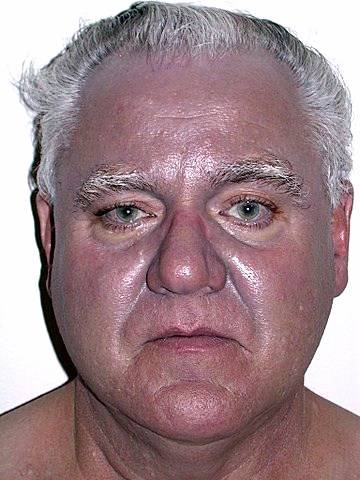


While the silver ions may be dissolved in water, when consumed orally, scientists have found ionic silver deposited in a wide range of organs which can cause adverse health outcomes. Ionic silver solutions are typically clear or transparent since they do not contain solid particles. Silver ions are highly reactive and often bind with other molecules present in the liquid. Instead, it is composed of silver ions, which are individual silver atoms or molecules carrying a positive charge. Unlike colloidal silver, which contains silver particles, ionic silver does not contain solid particles. The concentration of silver in colloidal silver products varies, ranging from very low to high concentrations depending on the product. The silver particles' electrical charges keep them suspended, which repels other particles and prevents aggregation. In a proper colloidal silver solution, the particles remain stable and don't settle to the bottom over time. While the particle size can vary, it's generally within the range of 2 to 500 nanometers. The particles are larger in size and remain dispersed throughout the liquid due to their electrical charge. Let's look at colloidal silver.Ĭolloidal silver refers to tiny silver particles suspended in a liquid base, typically water. While both types contain silver particles, their composition, and behavior differ. What is the difference between colloidal and ionic silver?Ĭolloidal silver and ionic silver are two forms of silver suspensions with many applications. Antibacterial and Antimicrobial Products.
.jpg)

We find silver in many medical, cosmetic, household, and supplement products, including: Silver is also toxic when ingested orally at high enough doses.
#Colloniel silver blue skin skin#
In fact, if we consume too much silver, we will develop a permanent condition called argyria that causes skin to turn grey-blue. There's no conclusive evidence that orally ingested ionic or colloidal silver possesses the same bacteriostatic properties as topically used silver. You should avoid consuming ionic or colloidal silver orally. Additionally, the effectiveness of silver as a bacteriostatic agent may differ among different types of bacteria. It is important to note that silver's bacteriostatic action depends on many factors, including concentration, particle size, and specific bacterial strains. Silver is considered a bacteriostatic agent, which means it can prevent the multiplication and spread of bacteria, which allows our bodies' immune systems to eliminate potentially harmful bacteria pathogens more easily. However, it doesn't destroy bacteria the way bactericidal agents like an antibiotic kills bacteria ( 1, 2). When applied topically, silver can inhibit the growth and reproduction of bacteria. What are silver's proposed properties? Do they kill bacteria? We typically find silver in consumer product labels as colloidal or ionic silver. Therefore, researchers treat silver as an undesired ingredient in most foods and products unless intentionally added. Silver isn't a trace mineral needed to support human health, unlike other metals and minerals (e.g., copper, selenium). Silver is a naturally occurring metal we find in the earth's crust.


 0 kommentar(er)
0 kommentar(er)
